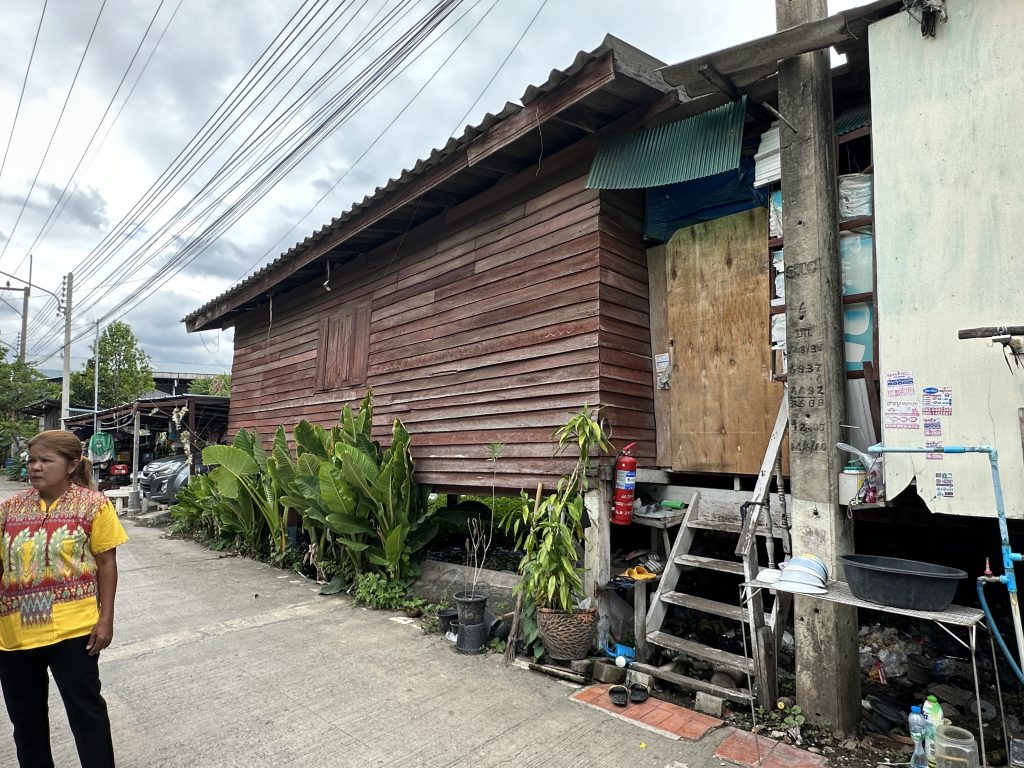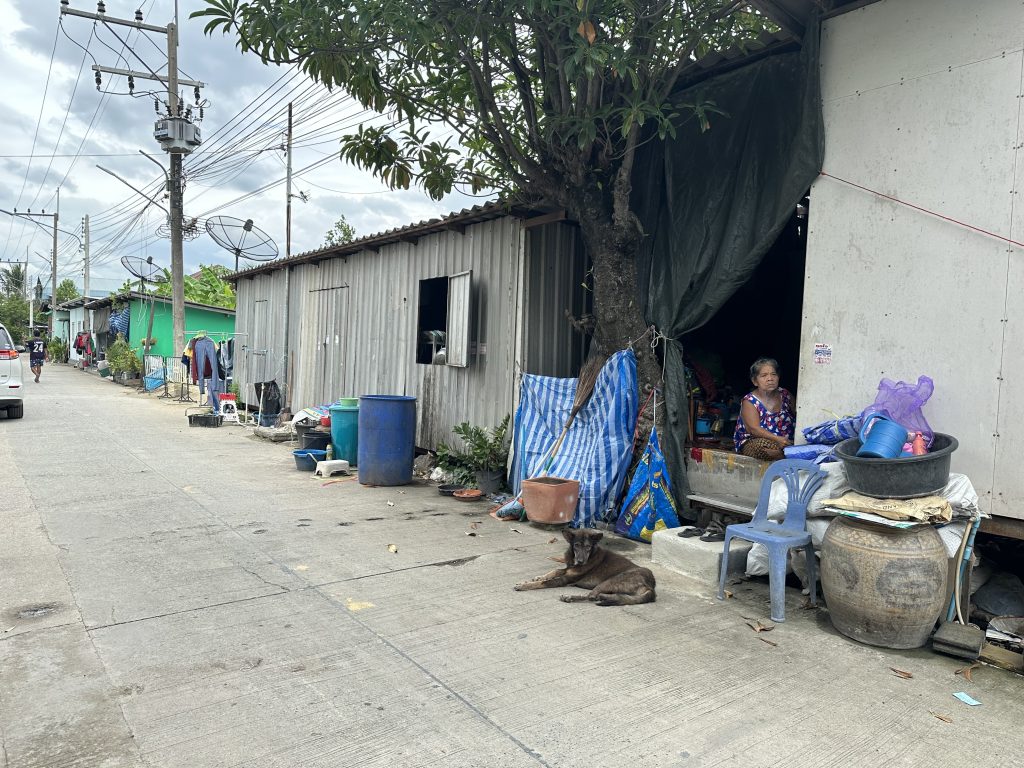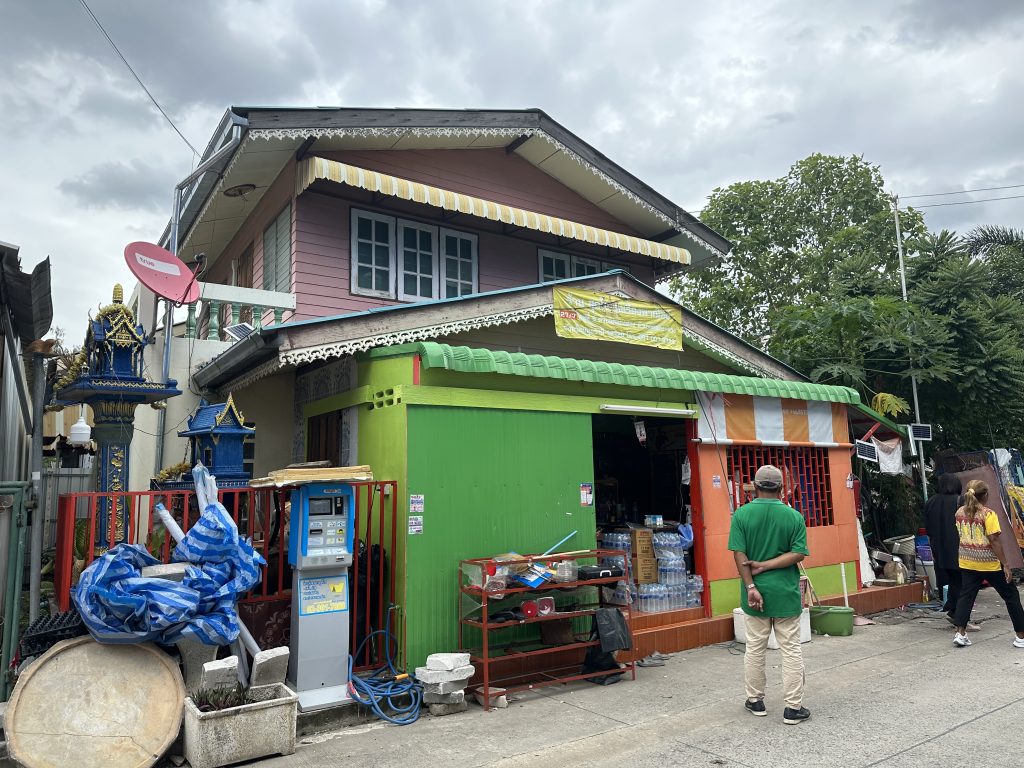The crisis of recovery
Disaster management agencies around the world tend to have a strong focus on post-disaster response and emergency management, and after a disaster there is typically a flurry of short-term activities to deal with the impacts. However, long-term issues associated with post-disaster recovery, particularly in the housing sector which is often most severely affected, are not addressed adequately. Institutional support for ‘building back better’ is usually lacking and very little attention is given to the challenges people experience in rebuilding their houses. This is despite post-disaster recovery being one of the priority areas in the global Sendai Framework for Disaster Risk Reduction, to which most governments of the world are signatory.
Different forms of mismatch in perceptions and expectations are evident between institutional stakeholders and disaster-affected people, and access to and availability of adequate funding for housing recovery is a key issue. These issues have been found around the world in both Global South and North countries, discussed in books by the lead author (Sustainable Housing Reconstruction and Community Engagement in Post-Disaster Recovery).
People have to adopt strategies to recover by themselves when institutional support and risk governance initiatives are inadequate. Recovery can then become a protracted process even for people who have access to resources, and minimal outcomes for people with limited resources, who are thus exposed to subsequent hazard events that result in a vicious cycle of recovery attempts, which sometimes result into more vulnerable situations. Post-disaster housing recovery is a long-term process; there are limited studies on the trajectory of disaster-affected people over time. The frequency and fury of disasters are increasing with the changing climate; therefore, it is important to understand and be prepared for such barriers to recovery that arise after a disaster.
Tha Khlong
With the above long-term and sustainable recovery crisis in mind, we undertook explorations on how the local government and communities have dealt with the recovery challenges in Tha Khlong municipality in Pathumthani province, north of Thailand’s capital Bangkok. The major 2011 floods severely impacted this area and our observations allowed understanding the long-term recovery issues that transpired during the decade after the disaster.
The area had long consisted of low-lying agricultural land, however, over the last few decades rapid and unplanned urbanisation and land-use change has been taking place, with a growing pace of industrial and commercial developments. This transformation has made the area more vulnerable to floods, particularly due to the lack of adequate drainage. Impermeable built-up and paved areas have affected the natural hydrological flow to which the local settlements were aligned with, causing unpredictable flooding. The area generally did not experience large scale floods before the 2011 floods, and the population was unaware of the possible impacts and experienced serious devastation. In the past, local housing was flood-adaptive and raised on stilts (see Fig. 1), but more recently the trend is to build two storey houses, also as a flood-adaptive measure, but that leaves the ground floor more vulnerable to floods.

Fig. 1: Older houses such as this are flood-adaptive and raised on stilts (image supplied).
A key aspect contributing to the community’s vulnerability is that in the 63 square kilometres of jurisdictional area of Tha Khlong municipality there were about 80,000 registered residents compared to more than 300,000 unregistered residents. These “unregistered” people referred to as the informal sector, many of whom were seasonal or migrant workers, did not own houses and were mostly renters or had informal living arrangements. Thus, being ‘unregistered’, almost 80% of the people in the municipality had no access to support after the flood from the municipal or provincial authorities. Recovery for such people, who were generally among the poorest in the community, was extremely challenging and even after many years were found to be living in makeshift and insubstantial houses (see Fig. 2).

Fig. 2: The poor have limited recovery options and continue to live in insubstantial housing (image supplied).
Recovery model and gaps
For registered residents, the typical institutional recovery model followed after floods consists of an assessment of housing damage and a corresponding level of support. The assessment is carried out by teams from the Public Works Department (PWD), who then recommend support packages to the Municipal Council. The maximum amount of funding support for recovery was 15,000 Thai Baht (1 USD = 35 THB approximately in 2023), which included funds for housing damage repair and for clothes and necessary implements and equipment (such as kitchenware and livelihood tools), beyond typical relief items such as food, water, medications and first-aid.
One resident, who will be called Ms K here, narrated that she received 5,000 THB from the council after the 2011 floods based on the damage to the ground floor of her house. The flood mainly affected single-storey houses, particularly the ground floor, and people with two-storey houses were relatively less impacted. Ms K had managed to move clothes and kitchenware upstairs which then escaped damage; thus, she received funding only for housing repair. Because the 2011 floods were declared a provincial-level disaster, she received another 20,000 THB from the provincial authority. This was not enough for the recovery, and she therefore prioritised the most critical repairs first, and gradually in increments renovated her house (see Fig. 3) as and when funds became available. She added a shop on the ground level, which brought income, contributing to the housing recovery. In the process, Ms K spent nearly 100,000 THB, 75% over the 25,000 THB received from the municipal and provincial authorities. This demonstrates that people with access to other funding sources can achieve recovery over the long term, even if it is a protracted and gradual process, despite minimal institutional support. In this context, it is unusual for an affected household to rebuild a complete house at one go. However, this places people at risk if a disaster strikes in the interim. This is a flood-prone area, and even if not yet as massive as the 2011 floods, there are regular localised floods, as recently as last year. Additionally, people with lower incomes and unregistered status have limited capacity for incremental recovery. It was reported that such people continue to live in makeshift housing for a long time after the disaster.

Fig. 3: House repaired and renovated after the 2011 floods (image supplied).
Another resident, Mr L, reported receiving 7,000 THB from the council, but he was a rare example of someone who had insurance and received another 70,000 THB as insurance payout, and could then repair and renovate his house. This is an example of another funding source, but insurance is still quite uncommon – it is mainly adopted when building or buying a new house, when the bank offers it as a “top-up” to the mortgage loan. Insurance is generally lacking, especially in low-income communities, presenting formidable difficulties – mobilising funds for such a large undertaking is the key challenge. Having not experienced such floods before 2011, most people were not even aware of insurance, and many could not afford it. The typical process of risk transfer through insurance followed in the Global North is generally absent, though it could offer post-disaster recovery opportunities; most people shoulder the burden of recovery by themselves. There is thus scope for agencies such as councils to explore innovative options for assisting the poorest by providing recovery fund packages based on income, not only housing damage. For others with better means, staged support as microcredit could possibly expedite the recovery time.
Broader links
Recovery is widely recognised as an opportunity to ‘build back better’ to conditions that are expected to be safer than before, and this is reflected at a small scale at the household level in Tha Khlong by the use of better doors and materials, stockpiling sandbags and building doorway barriers during the recovery. However, at the settlement level unplanned urbanisation continues to increase the flood risk of the area and there does not appear to be a strategic land-use plan that includes measures to address flood risk. The council prepares annual disaster management plans, and before the rainy season undertakes initiatives such as cleaning canals and drains and building temporary dykes for flood preparedness. Most of its work focuses on preparedness and emergency response; there is no long-term flood risk reduction plan, and its recovery model is limited in scope and does not provide adequate support for long-term community resilience. Since the 2011 floods the Thai government’s flood management efforts have stepped up, but at the local level because of the lack of adequate risk assessment data, these efforts face barriers in translating to the ground.
The Thailand case is not unique, it has global relevance in the context of a widespread array of disasters around the world that leave numerous people facing the complex challenges of recovery. As in Tha Khlong, accessing funds for rebuilding a house is a key challenge for most people, limiting their possibilities to build back better and safer against future disasters. Innovative strategies, importantly a focused approach to housing recovery, are thus required, where recovery should be a vehicle for reducing disaster risk and supporting community resilience.
Share On:
